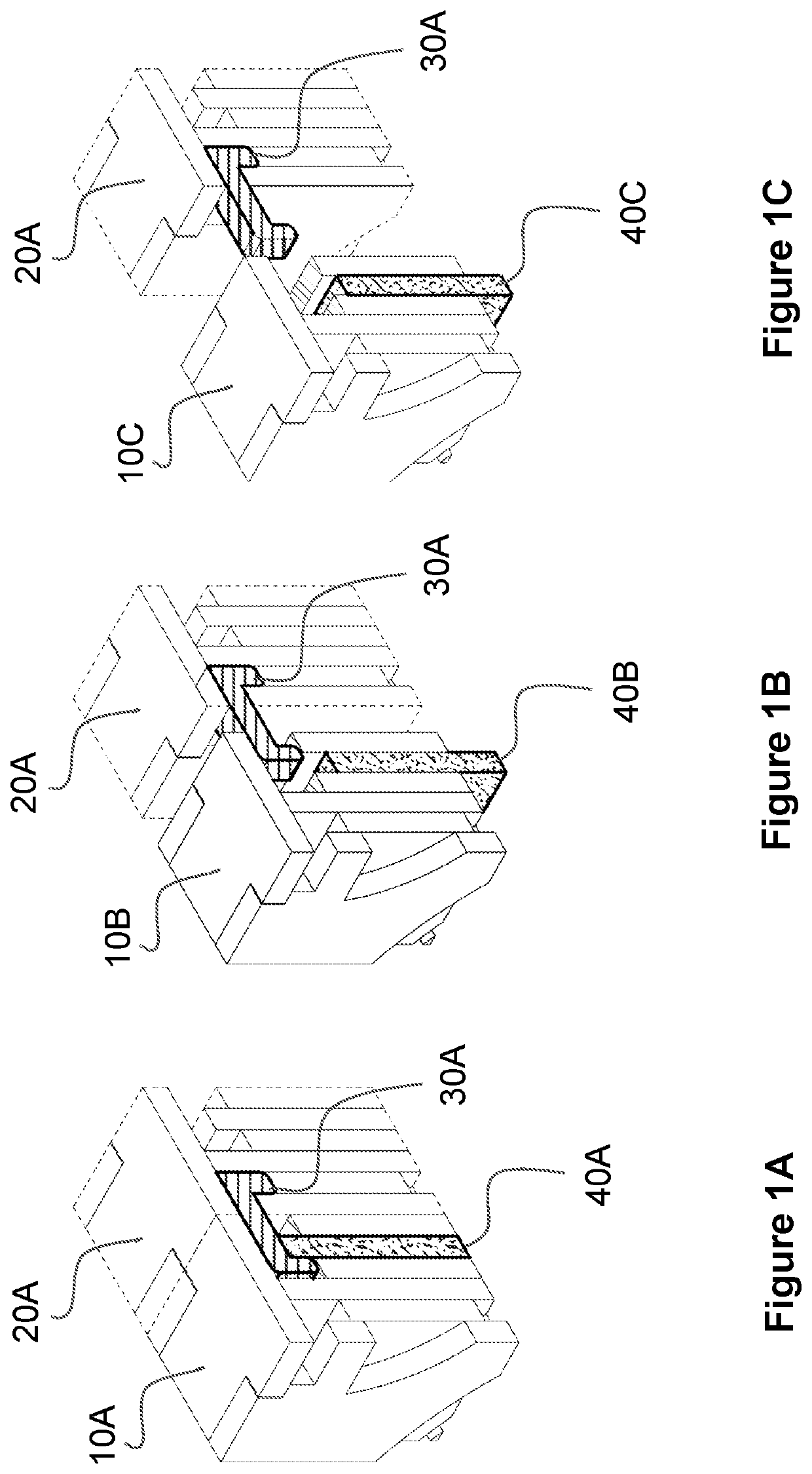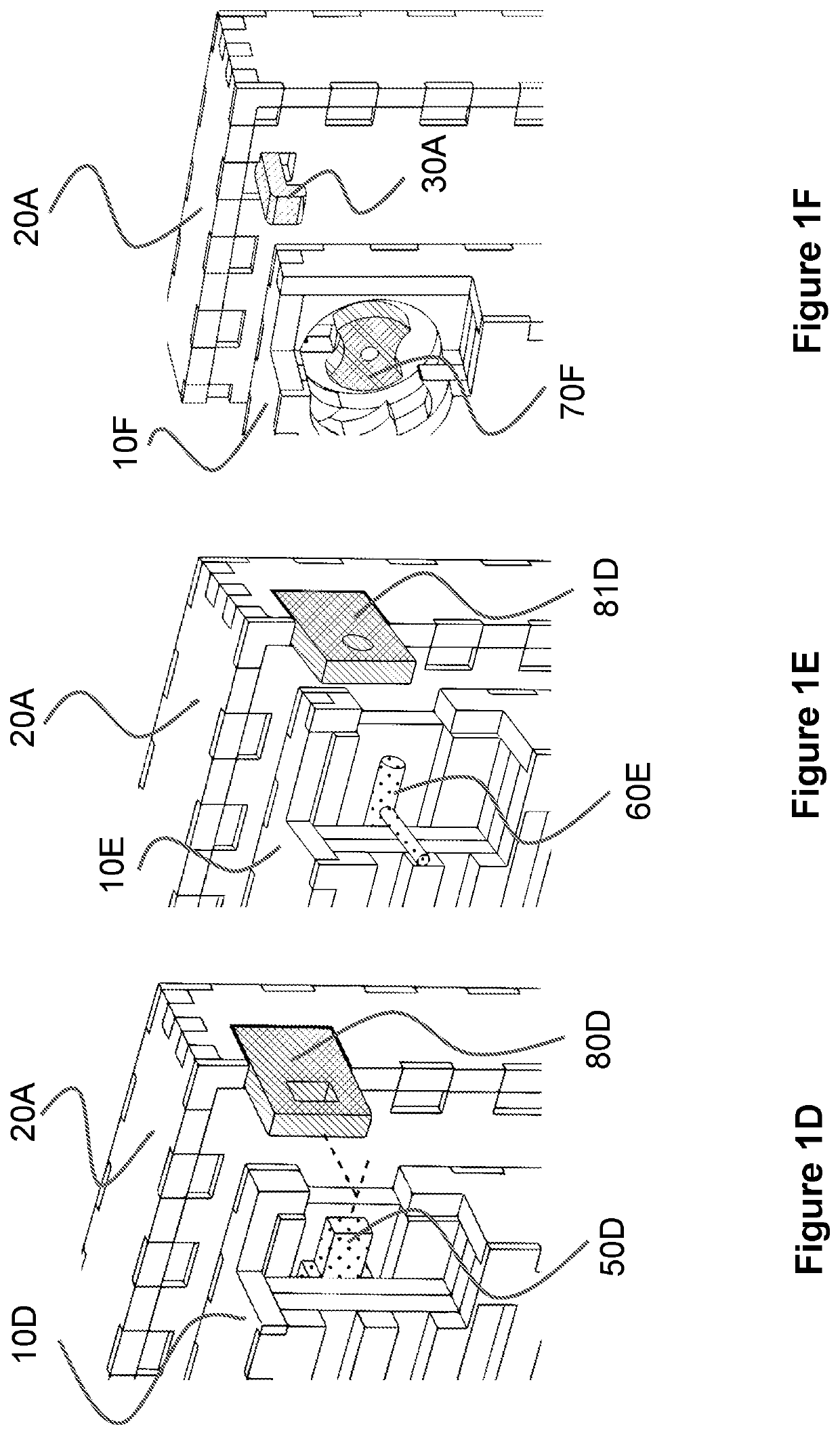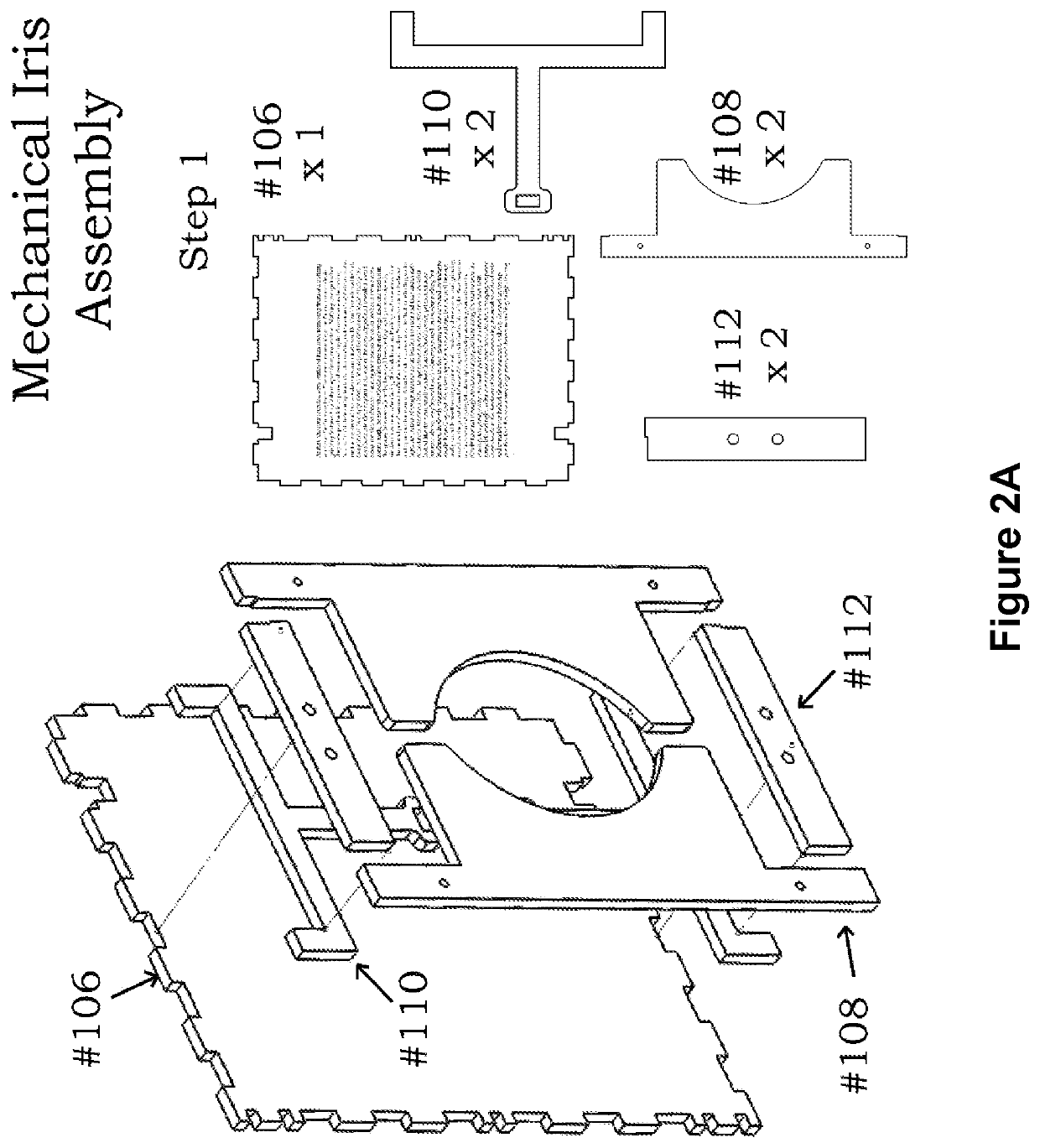Puzzle Book
a puzzle book and mechanical encode technology, applied in the field of puzzle books, can solve the problems of inconvenient cutting, inconvenient cutting, and inability to accurately encode the puzzle, so as to reduce waste and tim
- Summary
- Abstract
- Description
- Claims
- Application Information
AI Technical Summary
Benefits of technology
Problems solved by technology
Method used
Image
Examples
Embodiment Construction
[0022]Codex Silenda—the name of the invention—is a wooden puzzle book, comprised of multiple puzzles that act like pages found in an actual book. The exemplar used for this disclosure is a book of seven pages, although it is sufficient for enabling those skilled in the art to make and use the invention to give a detailed description of only two pages to show how they are connected. The invention can be implemented in a mechanical book with as few as two pages. The implementation described herein is completely made from wood but the invention can also be made in metal, plastic, acrylic and various other materials that can be cut on a laser cutter that is built to handle such alternate materials. Each page is constructed by using a 3D modeling program while maintaining a 2D piece by piece construction of each of a plurality of layers. This means that every piece used in the construction of the puzzle book is no thicker than 0.25″ while it's length and width vary, this does not include...
PUM
 Login to view more
Login to view more Abstract
Description
Claims
Application Information
 Login to view more
Login to view more - R&D Engineer
- R&D Manager
- IP Professional
- Industry Leading Data Capabilities
- Powerful AI technology
- Patent DNA Extraction
Browse by: Latest US Patents, China's latest patents, Technical Efficacy Thesaurus, Application Domain, Technology Topic.
© 2024 PatSnap. All rights reserved.Legal|Privacy policy|Modern Slavery Act Transparency Statement|Sitemap



